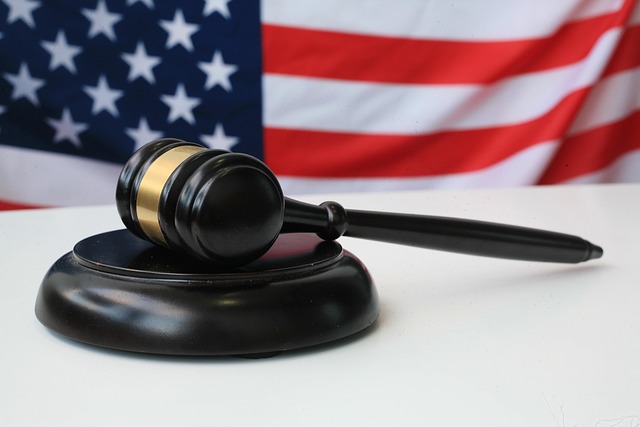Dog bite laws are crucial tools for maintaining public safety and guiding animal control practices, offering clear guidelines on responsibilities, liability, and response strategies related to dog bites. They protect individuals from unprovoked attacks, empower law enforcement to investigate incidents and take action, and assist in legal settlements including medical compensation and real estate litigation. Balancing public safety and canine welfare, these laws influence ownership responsibilities, enable fair compensation for victims, and ensure proactive pet behavior management while accommodating unique situations.
“Dog bite laws serve as a cornerstone for animal control enforcement, shaping how communities manage potential risks associated with canine interactions. This article explores the intricate relationship between these laws and their profound impact on public safety and animal welfare practices.
We’ll delve into the fundamental role of legislation in preventing dog attacks, examining its effects on response strategies, owner accountability, and long-term community education. By understanding the dynamics of dog bite laws, we can uncover both successes and challenges faced by animal control agencies.”
- Understanding Dog Bite Laws: A Foundation for Animal Control
- The Role of Dog Bite Legislation in Public Safety and Enforcement
- Impact and Challenges: How Dog Bite Laws Shape Animal Control Practices
Understanding Dog Bite Laws: A Foundation for Animal Control

Dog bite laws are a cornerstone for animal control enforcement, providing clear guidelines and legal frameworks to address potential risks associated with dog bites. These laws vary significantly across jurisdictions but generally aim to protect both individuals and animals by setting standards for liability, prevention, and response. Understanding these regulations is crucial for animal control officers as it equips them with the necessary tools to enforce safety measures, educate pet owners, and respond effectively to bite incidents.
By implementing dog bite laws, communities can foster a culture of responsible pet ownership. These laws often mandate vaccination records, leash restrictions in certain areas, and mandatory reporting of aggressive behavior. Moreover, they delineate the legal responsibilities of owners when their dogs cause harm, encouraging owners to take proactive steps to prevent bites through training, socialization, and proper care. Similarly, dog bite attorneys play a role in interpreting these laws and advocating for fair compensation in accident settlements, especially in cases involving severe injuries from dog attacks. The knowledge of such legal intricacies is vital for both animal control agencies and individuals seeking justice after a dog-related incident, including those involving truck accidents where dogs might be involved as bystanders or potential hazards.
The Role of Dog Bite Legislation in Public Safety and Enforcement

Dog bite laws play a pivotal role in ensuring public safety by establishing guidelines and responsibilities related to dog ownership. These legislative frameworks are designed to protect individuals from potential harm caused by canines, especially in cases where dogs exhibit aggressive behavior or unprovoked attacks. By implementing strict regulations, authorities can effectively enforce animal control measures. When a dog bite occurs, these laws provide a legal framework for determining liability, which may include compensation for victims’ medical expenses and other damages.
Moreover, dog bite legislation equips law enforcement agencies with the tools to investigate incidents, track dangerous dogs, and take appropriate action, such as impounding or placing restrictions on owners. This proactive approach not only discourages reckless ownership but also helps in managing instances of real estate litigation arising from dog-related accidents, where a victim might seek compensation from a property owner whose dog caused harm. Similarly, car accident attorneys dealing with cases involving distracted drivers or those who hit pedestrians may find relevant information in these laws to advocate for their clients’ rights.
Impact and Challenges: How Dog Bite Laws Shape Animal Control Practices

Dog bite laws significantly shape animal control practices, impacting their strategies and responses to potential hazards. These regulations often serve as a critical tool in managing and preventing dog-related incidents, especially concerning public safety. By establishing guidelines for ownership, liability, and control measures, dog bite laws play a pivotal role in how animal control enforcement is conducted.
The challenges arise when balancing the protection of the public with the well-being of dogs. Strict dog bite laws can lead to increased scrutiny and consequences for owners, encouraging proactive measures to ensure their pets’ behavior. However, they must also be adapted to address unique scenarios, such as nursing home neglect or unexpected car accident injuries caused by dogs, ensuring fair treatment for both animals and their owners while maintaining public safety standards.
Dog bite laws play a pivotal role in shaping animal control enforcement, directly impacting public safety and the overall well-being of communities. These legal frameworks not only protect individuals from potential harm but also guide animal control officers in their handling of dog-related incidents. By understanding and implementing these laws effectively, authorities can mitigate risks, foster responsible pet ownership, and ensure a safer environment for everyone, ultimately enhancing the relationship between humans and their canine companions.






